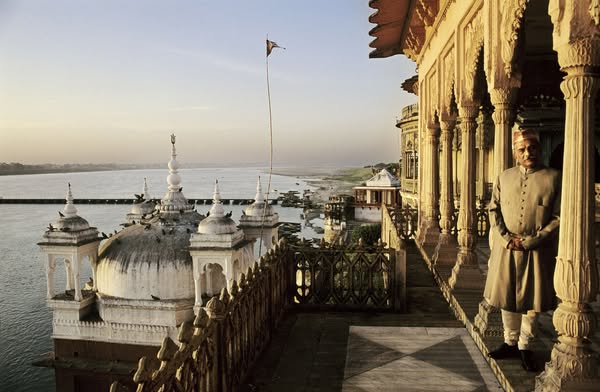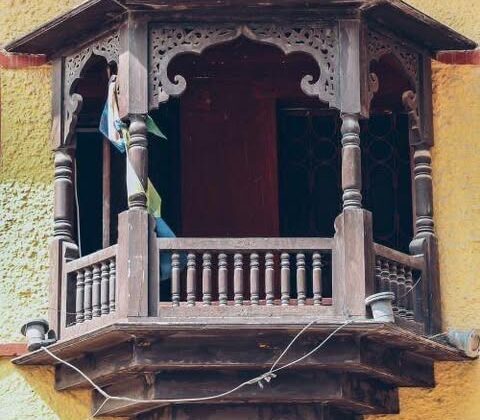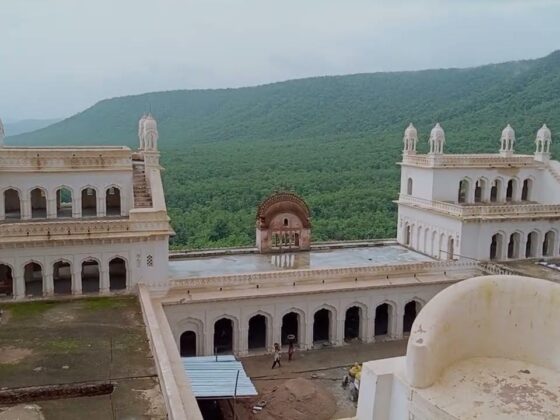The Legacy of the Maharaja of Benares: A Glorious Past

Introduction
The Maharaja of Benares represents a legacy of cultural magnificence, political influence, and spiritual patronage. Benares (now Varanasi) is one of the oldest continuously inhabited cities in the world. It has always been a major center of Hindu spirituality, scholarship, and culture. The rulers of Benares played a crucial role in preserving its heritage. They supported social welfare and maintained strong ties with the British during colonial rule. This article explores their history, contributions, and lasting impact.
Historical Background
The Benares princely state was established in 1775 by Raja Balwant Singh, a Zamindar who declared sovereignty over the region. Later, the British recognized Benares as a princely state in 1911. The rulers of Benares held the title of Maharaja and played a vital role in India’s socio-political landscape.
One of the most notable rulers, Maharaja Ishwari Prasad Narayan Singh, advanced administration and culture. Later rulers, including Maharaja Prabhu Narayan Singh and Maharaja Vibhuti Narayan Singh, made significant contributions to education, arts, and religious preservation.
Role in Governance and British Relations
The Maharajas of Benares maintained semi-autonomy under British rule. Unlike other princely states that resisted, Benares cooperated with the British. This strategy protected its religious institutions and historical sites while allowing the Maharajas to retain administrative control.
During India’s independence struggle, Maharaja Vibhuti Narayan Singh supported social causes. He ensured the smooth transition of Benares into independent India. The state formally merged into the Indian Union in 1948.
Patronage of Culture, Arts, and Education
The Maharajas greatly supported culture, arts, and education. Their contributions include:
- Promotion of Sanskrit and Hindu Literature – They funded scholars and writers who preserved Sanskrit texts and Hindu scriptures.
- Support for Classical Music and Dance – Benares is a hub for Indian classical music. The royal family patronized musicians like Pandit Ravi Shankar and Ustad Bismillah Khan.
- Establishment of Educational Institutions – The Banaras Hindu University (BHU) received strong support from the Maharajas, particularly Prabhu Narayan Singh and Vibhuti Narayan Singh.
- Preservation of Temples and Heritage – They contributed to renovating the Kashi Vishwanath Temple and other sacred sites.
Spiritual and Religious Significance
As rulers of Varanasi, the Maharajas protected Hindu traditions. They had strong ties with religious institutions. They also organized festivals, rituals, and pilgrimages.
One major contribution was overseeing the Ramlila of Ramnagar, a month-long dramatic enactment of the Ramayana. This event continues to attract thousands of devotees and tourists.
Legacy and Modern Influence
Although Benares ceased to be a princely state after independence, its Maharajas’ legacy still influences the city. The former royal family remains respected in Varanasi. They engage in social work, temple administration, and heritage conservation.
Today, the Ramnagar Fort, the ancestral home of the Maharajas, stands as a historical monument. It showcases royal artifacts, manuscripts, and vintage collections.
Tourism and Heritage Conservation
Varanasi, enriched by the Maharajas’ legacy, attracts millions of visitors annually. Key heritage sites include:
- Ramnagar Fort – A magnificent structure housing a museum with royal collections.
- Kashi Vishwanath Temple – A revered Hindu temple supported extensively by the Maharajas.
- Banaras Hindu University – A globally recognized institution deeply tied to the royal family’s patronage.
Efforts to preserve these sites continue. Government and local authorities recognize their historical importance.
Conclusion
The Maharajas of Benares shaped the cultural, educational, and religious landscape of Varanasi. Their legacy, deeply embedded in the city’s traditions, continues to inspire scholars, historians, and devotees. As India progresses, preserving their contributions remains essential for future generations.









